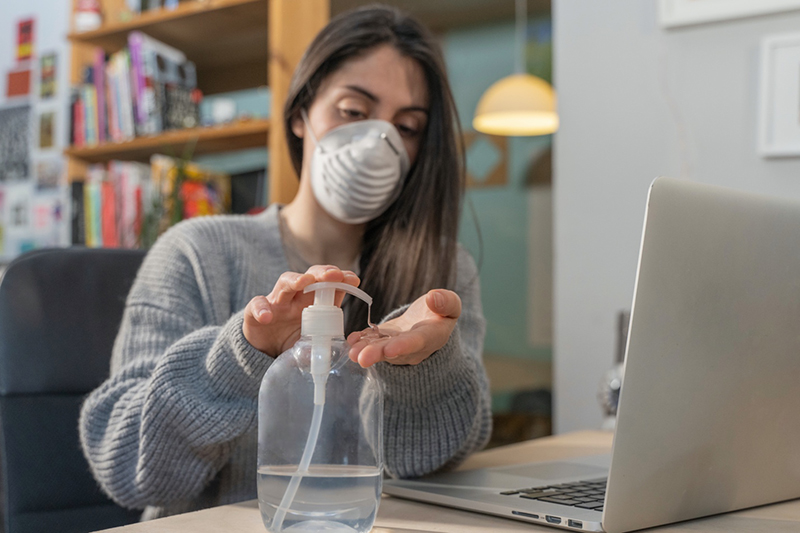Why COVID shows us we must prioritize Public Health
The Covid-19 pandemic has proven that the United States, as well as countless other countries are not prepared for a global pandemic. As the pandemic continues to spread, and millions of individuals continue to fight for their life, one question remains: how can we prevent such an outbreak from reoccurring? The answer lies within the idea of public health.
During a pandemic, the most important tool for health officials is system which is able to quickly and accurately report data from communities. With the help of these systems, officials are effectively able to provide the correct intervention. In order to do so, a standards-based interoperable system must be implemented. However, the coronavirus demonstrated that thousands of hospitals across the U.S. are unable to obtain such a system due to lack of federal funding and slow adoption of standards.
If health organizations were to receive more federal funding, they would have the ability to invest in interoperability systems which allows them to collect ample community data. The collected data can be interpreted and cohesively used by health officials to implement educational programs to help the spread of a virus. History suggests that while Congress is likely to approve emergency funding, a small fraction of it goes to public health programs. Additionally, implementing standards regarding exchanged electronic health information may also be helpful. By implementing more interoperability standards, states would be able to report more extensive, timely data.

This crisis has exposed the injustices in the public health system. Health organizations lacked proper supplies, and states lacked proper funding to immediately deploy prevention programs. For example, it took months to obtain adequate coronavirus testing. Furthermore, COVID-19 has also highlights health disparities among communities. This includes access to care and comorbidities, which amplifies the risk of a poor outcome. If an individual cannot receive access to quality care, it results in unmet health needs and increased financial burden due to lack of preventative treatment.
Moving forward, we must ensure appropriate investment in public health infrastructure. Our current gaps must first be identified, and we must take action to reinforce any weak spots. Public health officials should also create specialized mechanisms to alleviate health inequities. States should continue to push for additional funding. This helps to ensure preparedness in the case of another global emergency. Awareness must be raised to establish a priority among the public health sector.


